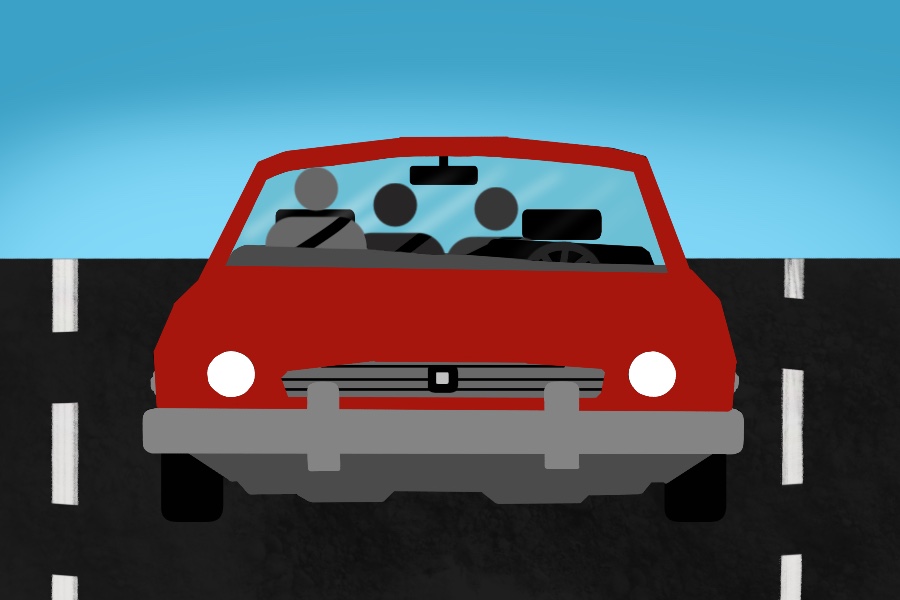
Use of driverless vehicles could reduce transport-related carbon dioxide emissions by over 80 percent in 2050
It’s predicted that by 2050, driverless cars will be a $7 trillion industry, meaning that they’ll potentially have a large impact on emissions and climate concerns. A recent report from UC Davis showed that driverless cars could reduce carbon dioxide emissions due to transportation by over 80 percent worldwide by 2050.
“Automation in transportation is an amazing technology that seemed to come out of nowhere (though in reality it has been cooking for decades),” said Austin Brown, the executive director of the Policy Institute for Energy, Environment and the Economy at UC Davis, in an email interview. “It is one of those technologies that could change the very fabric of our world (much as the car did originally). Changes of that magnitude always have great benefits but also lead to major unintended consequences. In the research and policy communities, we’re in the challenging business of trying to foresee unintended consequences and get ready for them.”
According to the report, to reap the most environmental benefit from this new technology, two things need to happen: the vehicles need to be electric and there needs to be more carpooling.
“There isn’t much point in having solo driverless cars that run on gas (from an environmental perspective),” said Deb Niemeier, a professor in the UC Davis Department of Civil and Environmental Engineering, in an email interview. “The best that [solo driverless cars] would deliver is the ability to work or watch TV while your driverless car navigates you through congestion. In order for there to [be] any environmental improvement, we need for the vehicles to be electric (and ideally charged using solar). For both environmental and improved traffic quality (i.e., less congestion), we need people sharing driverless electric cars powered by solar.”
The environmental benefits are calculated under the assumption that most people will have switched to driverless vehicles by 2050. Since there are over 20 years to go, the transition to primarily automatic vehicles will prove to be difficult, considering there will be a period where both automated and non-automated vehicles are on the road.
“There are definitely research questions out there on what a mixed fleet looks like and how people (pedestrians and human drivers) will interact with driverless cars in the meantime,” Brown said. “If driverless cars behave differently than human drivers (even if that involves driving more safely) it can cause confusion, at least for an adjustment period. However, there are hundreds of demo cars out there and while there are anecdotal reports of some bad behavior it doesn’t seem widespread or all that worrying yet. In general, adding safer vehicles that don’t make the human errors that currently lead to well over 90% of accidents is likely to make the system safer.”
The next steps for the research team will be applying their findings to policy requirements.
“We are looking into the policy requirements in more detail, as well as the relative costs of various ‘use cases’…from a policy point of view,” said Lewis Fulton, the co-director of the UC Davis STEPS program, in an email interview. “Two of the key things seem to be a) push AVs toward shared fleets, keep them out of households, and b) encourage higher ridership levels (sharing) in shared vehicles — both of these will be challenging to promote and policies may be unpopular, such as ‘pricing’ (vehicle ownership or road use taxes).”
Written by: Kriti Varghese — science@theaggie.org



